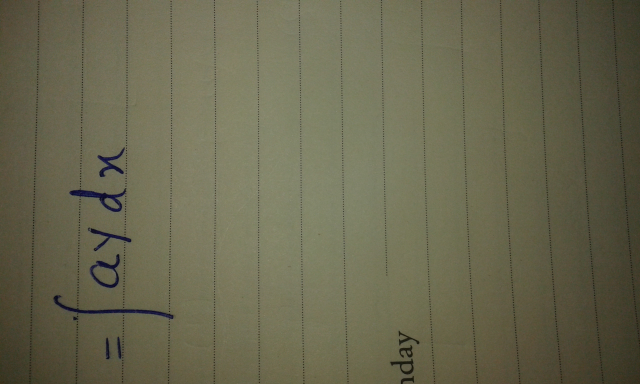
AllQuestion and Answers: Page 1884
Question Number 21229 Answers: 0 Comments: 0
Question Number 21228 Answers: 0 Comments: 0
Question Number 21223 Answers: 1 Comments: 0
Question Number 21224 Answers: 0 Comments: 1
Question Number 21219 Answers: 1 Comments: 0
Question Number 21212 Answers: 0 Comments: 0

Question Number 21205 Answers: 0 Comments: 1

Question Number 21210 Answers: 0 Comments: 0

Question Number 21194 Answers: 0 Comments: 4
Question Number 21179 Answers: 1 Comments: 0
Question Number 21174 Answers: 1 Comments: 0
Question Number 21168 Answers: 1 Comments: 0
Question Number 21154 Answers: 1 Comments: 2
Question Number 21150 Answers: 0 Comments: 8
Question Number 21148 Answers: 0 Comments: 12
Question Number 21145 Answers: 0 Comments: 7
Question Number 21142 Answers: 0 Comments: 1
Question Number 21141 Answers: 1 Comments: 0
Question Number 21137 Answers: 1 Comments: 0
Question Number 21131 Answers: 0 Comments: 4
Question Number 21124 Answers: 2 Comments: 0

Question Number 21116 Answers: 1 Comments: 0

Question Number 21112 Answers: 0 Comments: 0
Question Number 21111 Answers: 0 Comments: 0
Question Number 21109 Answers: 0 Comments: 2
Question Number 21108 Answers: 1 Comments: 0
Pg 1879 Pg 1880 Pg 1881 Pg 1882 Pg 1883 Pg 1884 Pg 1885 Pg 1886 Pg 1887 Pg 1888
